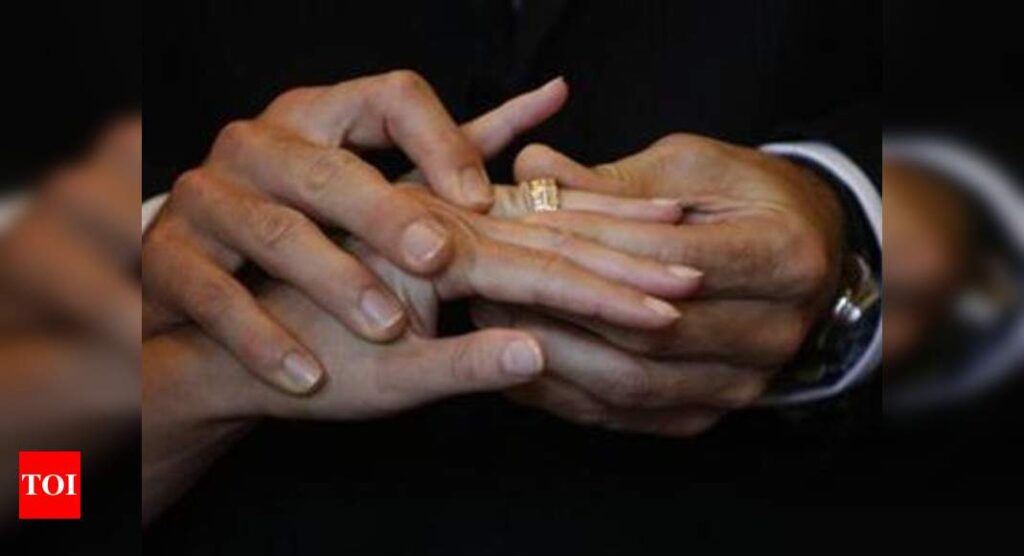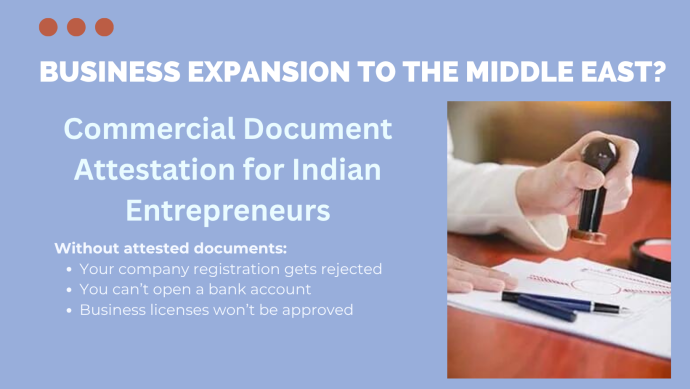Christians and Sikhs show increase in dowry payments in rural India: World Bank blog – Times of India

[ad_1]
NEW DELHI: Christians and Sikhs have shown a striking increase in dowry leading to higher average dowries than Hindus and Muslims while average net dowry in Muslim marriages is only slightly lower than among Hindus and has remained stable, a study of about 40,000 marriages that took place in rural India between 1960 and 2008 has shown.
The analysis is based on data from 2006 REDS — the most recent source of dowry data for India — covering 17 major states that contain about 96% of India’s population, according to a blog on the World Bank site on Gender.
The blog focuses on rural India, where it says dowry remains a widespread phenomenon despite being illegal since 1961. According to the 2006 Rural Economic and Demographic Survey (REDS), dowry was paid in 95% of marriages during 1960-2008, it said.
“Dowry is positively correlated with higher caste status and the caste hierarchy of dowry payments has not changed over time. Upper caste marriages have the highest dowries, followed by Other Backward Classes (OBCs), Scheduled Castes (SCs), and Scheduled Tribes (STs),” according to the blog written by S. Anukriti, Nishith Prakash and Sungoh Kwon.
Stark differences
It says that although the trend in average dowry is flat at the national level, there are substantial differences across states over time.
Kerala shows stark and persistent dowry inflation since the 1970s and has the highest average dowry in recent years. Other states with inflationary trends are Haryana, Punjab, and Gujarat.
“Given Kerala’s religious composition — 26% Muslims, 18% Christians, and 55% Hindus — this trend is compatible with the differential trends by religion described earlier. Similarly, the inflationary trend in Punjab — a majority Sikh state — is also consistent with the rise in Sikh dowries. On the other hand, average dowry decreased in Odisha, West Bengal, Tamil Nadu, and Maharashtra,” according to the blog.
It said that average net dowry has been remarkably stable over time with some inflation before 1975 and after 2000. This trend in net dowry is mimicked by the trend in gross payments by the bride’s family to the groom’s family.
“The flow of payments in the opposite direction, that is, from the groom to the bride, is also positive throughout, but substantially smaller. While on average, a groom’s family spends about Rs 5,000 (in real terms) on gifts to the bride’s family, gifts from the bride’s family cost seven times more, that is, about Rs 32,000, implying an average real net dowry of Rs 27,000,” according to the blog.
It said that the proportion of marriages with a negative net dowry, that is, where the groom’s family paid more to the bride’s family than the other way around, is non-zero, but quite small.
“Most marriages involved positive net dowry payments to the groom’s family. As per capita incomes have risen in India during our study period, these stable trends imply that, on average, dowry as a share of household income has gradually declined at the national level,” the blog added.
The analysis is based on data from 2006 REDS — the most recent source of dowry data for India — covering 17 major states that contain about 96% of India’s population, according to a blog on the World Bank site on Gender.
The blog focuses on rural India, where it says dowry remains a widespread phenomenon despite being illegal since 1961. According to the 2006 Rural Economic and Demographic Survey (REDS), dowry was paid in 95% of marriages during 1960-2008, it said.
“Dowry is positively correlated with higher caste status and the caste hierarchy of dowry payments has not changed over time. Upper caste marriages have the highest dowries, followed by Other Backward Classes (OBCs), Scheduled Castes (SCs), and Scheduled Tribes (STs),” according to the blog written by S. Anukriti, Nishith Prakash and Sungoh Kwon.
Stark differences
It says that although the trend in average dowry is flat at the national level, there are substantial differences across states over time.
Kerala shows stark and persistent dowry inflation since the 1970s and has the highest average dowry in recent years. Other states with inflationary trends are Haryana, Punjab, and Gujarat.
“Given Kerala’s religious composition — 26% Muslims, 18% Christians, and 55% Hindus — this trend is compatible with the differential trends by religion described earlier. Similarly, the inflationary trend in Punjab — a majority Sikh state — is also consistent with the rise in Sikh dowries. On the other hand, average dowry decreased in Odisha, West Bengal, Tamil Nadu, and Maharashtra,” according to the blog.
It said that average net dowry has been remarkably stable over time with some inflation before 1975 and after 2000. This trend in net dowry is mimicked by the trend in gross payments by the bride’s family to the groom’s family.
“The flow of payments in the opposite direction, that is, from the groom to the bride, is also positive throughout, but substantially smaller. While on average, a groom’s family spends about Rs 5,000 (in real terms) on gifts to the bride’s family, gifts from the bride’s family cost seven times more, that is, about Rs 32,000, implying an average real net dowry of Rs 27,000,” according to the blog.
It said that the proportion of marriages with a negative net dowry, that is, where the groom’s family paid more to the bride’s family than the other way around, is non-zero, but quite small.
“Most marriages involved positive net dowry payments to the groom’s family. As per capita incomes have risen in India during our study period, these stable trends imply that, on average, dowry as a share of household income has gradually declined at the national level,” the blog added.
[ad_2]
Source link







